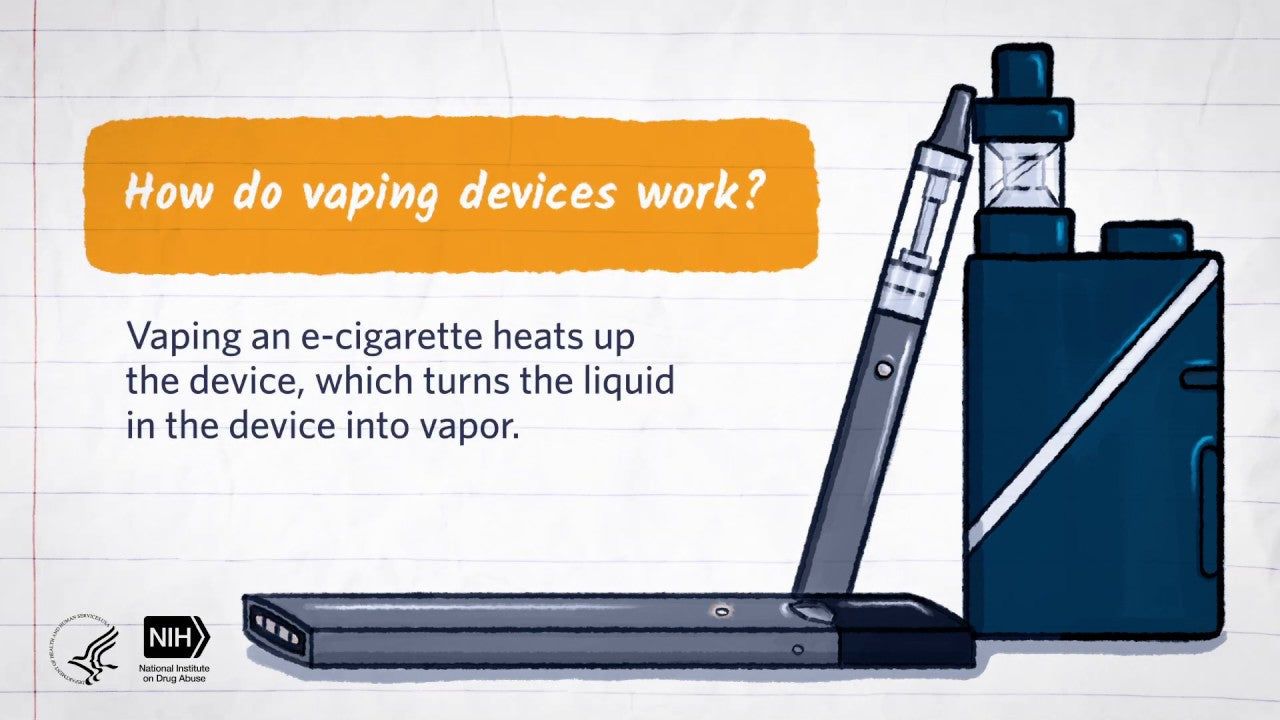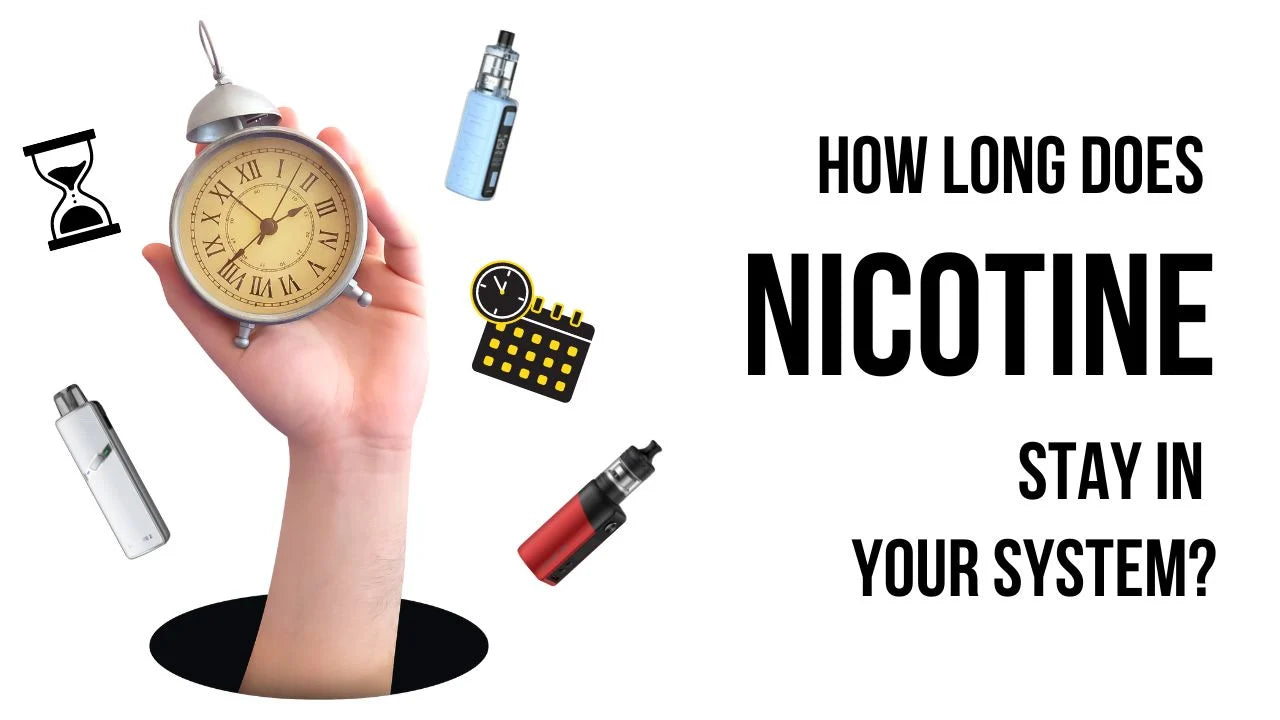Understanding Vapes: A Comprehensive Guide
Vapes, also known as electronic cigarettes or e-cigarettes, are battery-powered devices that heat a liquid (often called e-liquid or vape juice) to create an aerosol that is inhaled by the user. The liquid typically contains nicotine, flavorings, and other additives.
Components of a Vape Device
- Battery:
Powers the device and can be rechargeable or replaceable.
- Atomizer:
Contains the coil and wick. The coil, typically made of resistance wire, heats up and vaporizes the e-liquid absorbed by the wick.
- Cartridge or Tank:
Holds the e-liquid. Cartridges are usually disposable, while tanks can be refilled.
How Vapes Work
When the user inhales through the mouthpiece, the battery activates the atomizer. The coil heats up, vaporizing the e-liquid soaked into the wick. This creates an aerosol, which the user inhales.
Types of Atomizers
Most vapes use a coil atomizer, which consists of a resistance wire wrapped around a wick, usually made of cotton or silica. The user can adjust the amount of vapor produced by modifying the device’s voltage or wattage or by using different coils with varying resistance levels.
E-Liquid Composition
E-liquids typically contain:
Propylene Glycol (PG): A thin, clear liquid used as a flavor carrier.
Vegetable Glycerin (VG): A thicker, sweeter liquid that produces more vapor.
Nicotine: Derived from tobacco and highly addictive.
Flavorings and Additives: Provide a wide range of flavors and sensations.
Types of Vapes
Vapes come in various shapes and sizes, from small, cigarette-like devices to larger, boxy mods. They can be disposable or refillable. Advanced features may include adjustable airflow, temperature control, and customizable LED lights.
Health Concerns and Considerations
While vapes are marketed as a safer alternative to traditional smoking, there are concerns about the long-term health effects of inhaling aerosolized chemicals. Some studies indicate potential risks, such as:
Lung Damage: Vaping can cause respiratory issues and other health problems.
Addiction: Nicotine in e-liquids is addictive.
Gateway to Smoking: Vaping may entice young people to start smoking.
Conclusion
Vapes are complex devices designed to deliver nicotine and flavors through inhaled aerosol. While they offer an alternative to traditional smoking, it’s crucial to consider the potential health risks and the ongoing research into their long-term effects. As with any product, understanding the components, operation, and potential risks can help users make informed decisions.




Leave a comment
All comments are moderated before being published.
This site is protected by hCaptcha and the hCaptcha Privacy Policy and Terms of Service apply.